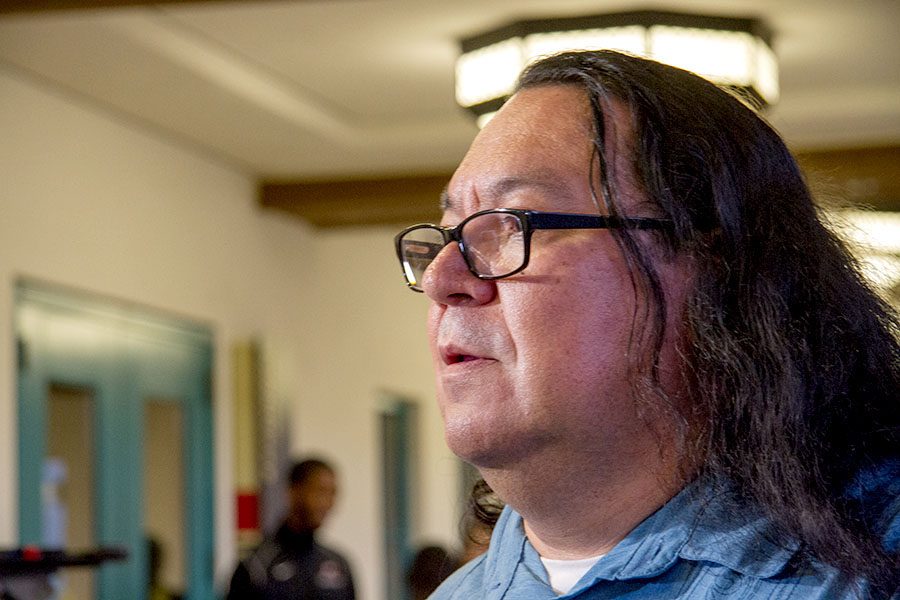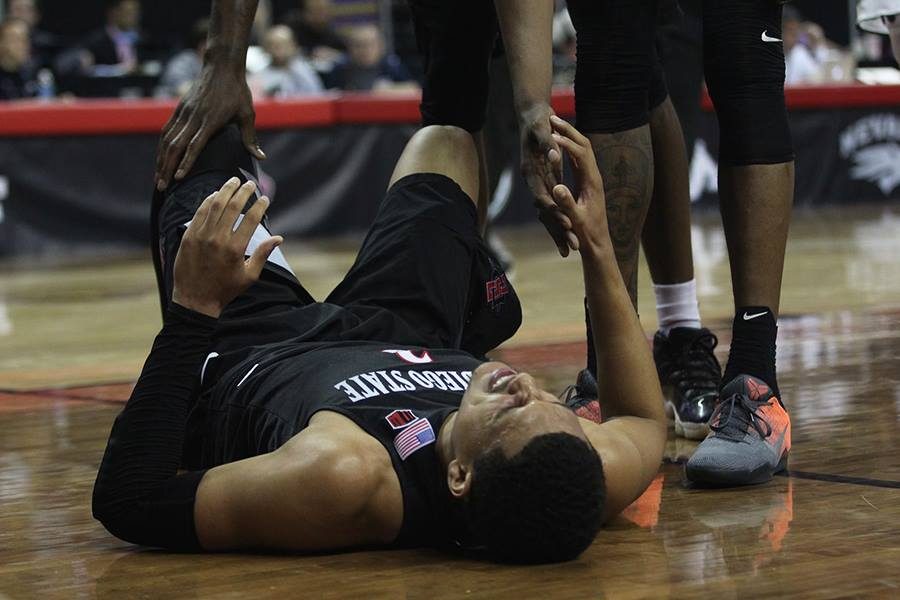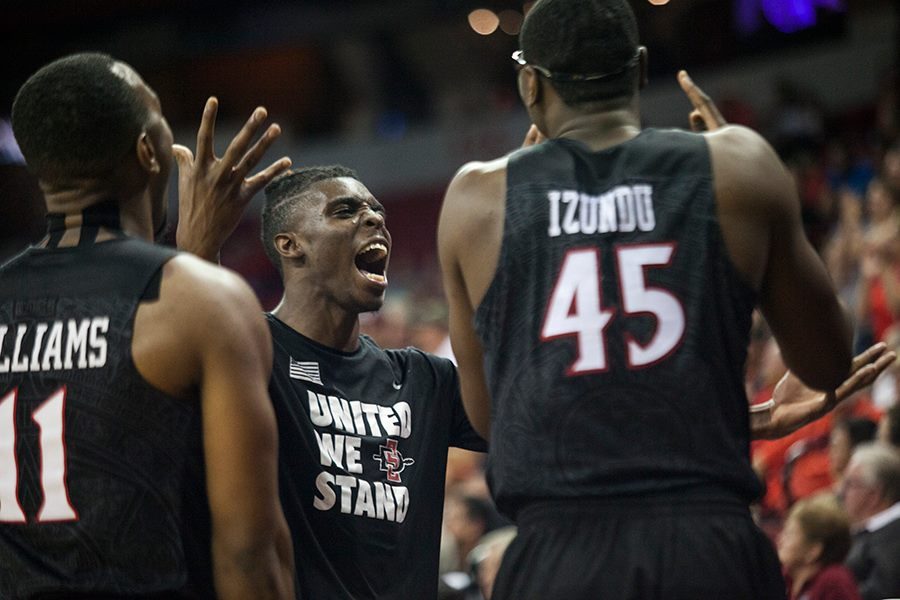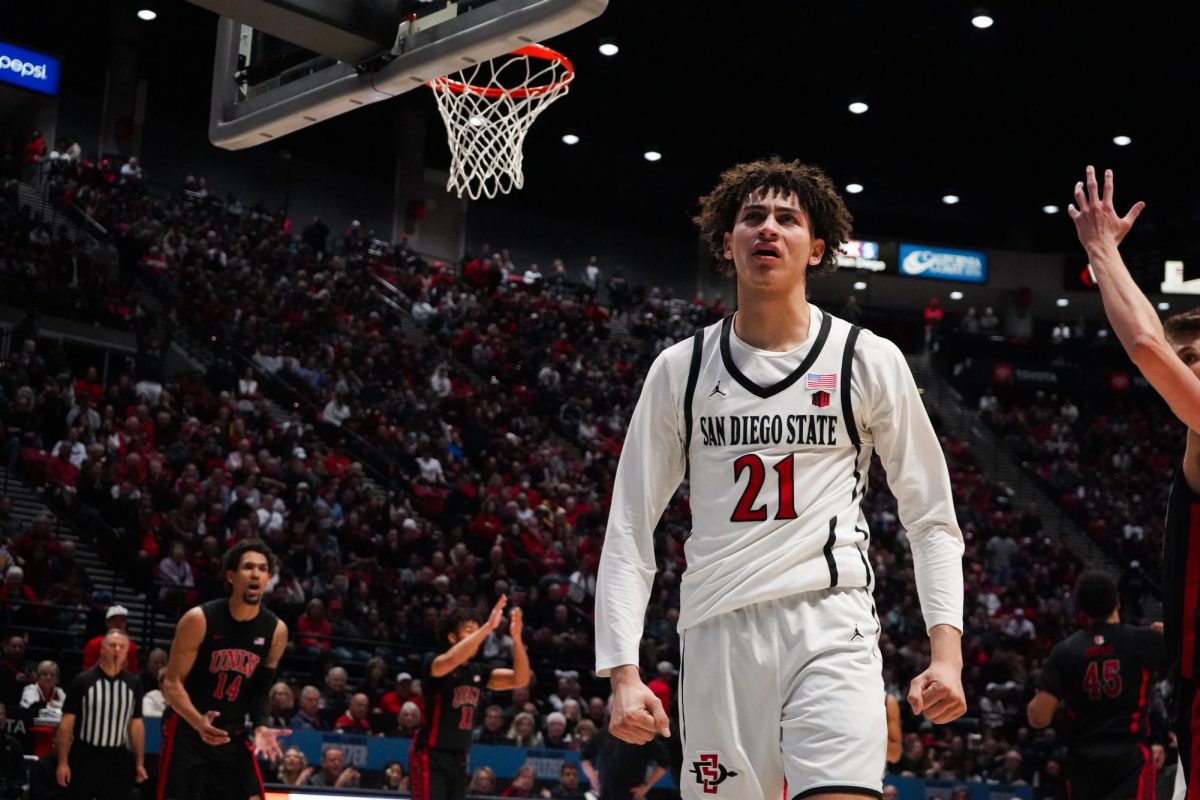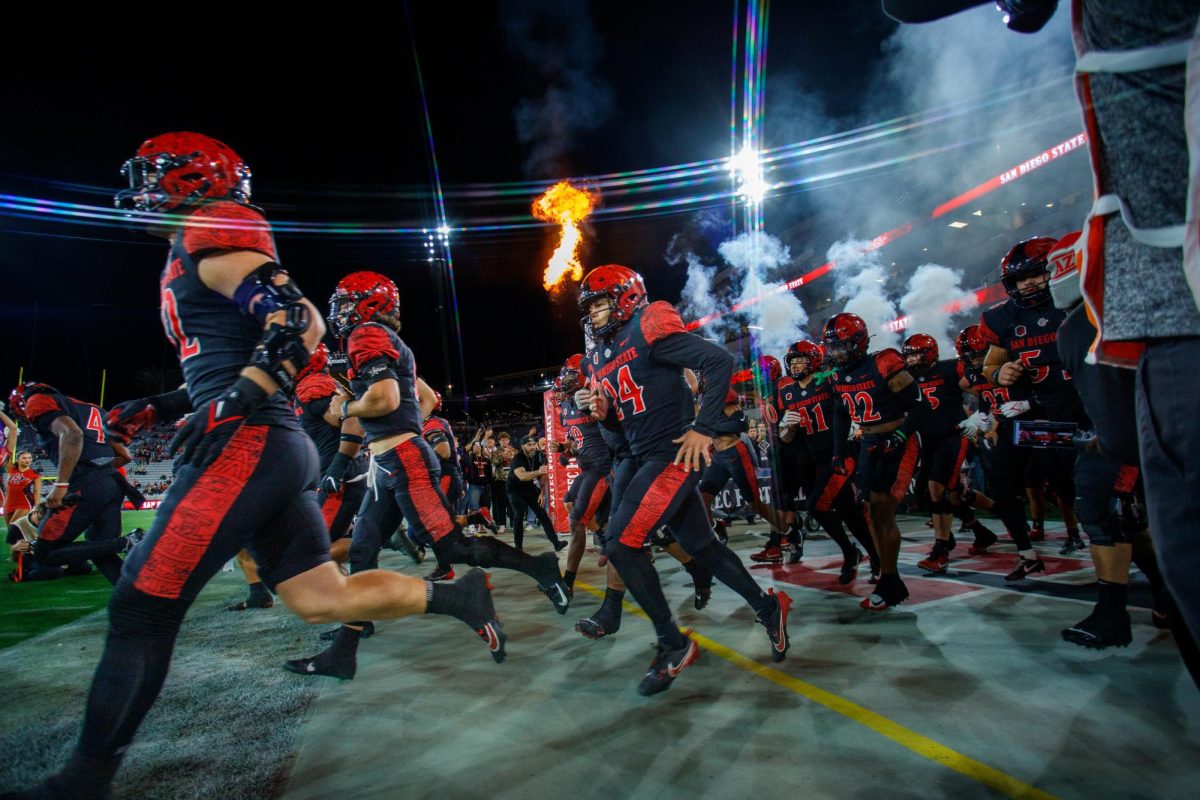According to U.S. News & World Report College Rankings, San Diego State is ranked as No. 149 in the nation. Every September, this highly anticipated list is published and for most people it’s like watching the Kardashians: you know it’s garbage, but you can’t seem to turn way. However, much like the Kardashians, this flawed ranking system needs to be tuned out.
The schools topping the list aren’t surprising. In 2014, Princeton took the premier spot, with Harvard coming in at second and Yale in third. It’s been relatively the same for years; in fact the only big surprise was in 1999 when California Institute of Technology bumped the top three from their spots. Unfortunately, U.S. News has erased all online archives, so it’s nearly impossible to find the old lists. Former U.S. News editor, James Fallows, wrote about this disappearance, as with Cal-tech’s rise in the rankings. Many, including Fallows himself, have criticized the annual “Best Colleges” edition, and the ranking system itself.
U.S. News ranks are based on seven factors: Undergraduate academic reputation, graduate and freshman retention rates, faculty resources, student selectivity, financial resources, graduation rate performance and alumni donations.
However, the ranking system is similar to comparing apples to oranges. Sure, they’re both fruit, but that’s where most of the similarities end. U.S. News attempted to compare all the different national universities, when all that most of them have in common is their regional accreditation.
Writer for The New Yorker, Malcolm Gladwell, gave his input in his 2011 article, “The Order of Things.” He wrote, “It [the ranking system] aims to compare Penn State — a very large, public, land-grant university … with Yeshiva University, a small, expensive, private Jewish university.”
This is what causes the largest flaws in the system. Two similar colleges aren’t being compared, but rather hundreds of uniquely different schools are being placed into boxes and are put up against cookie cutter expectations of what a “good college” looks like.
Director of Analytical Studies and Institutional Research, Jeanne Stronach is in charge of submitting SDSU’s information to U.S. News.
“I think it’s difficult to assign a single measure to fully describe or rate any type of institution,” she said.
In order to compete with other schools and rise in the rankings, administrators have come up with strategies, such as widening the applicant pool, but accepting fewer students. This gives a school the appearance of being more selective, and since student selectivity is one of the seven categories being analyzed by U.S. News, the school will rise in the rankings. When this is the case, the school’s academic standing remained relatively the same, the only the thing that was altered was the appearance of selectivity. Does turning away more students really mean a school provides a better education?
University presidents, provosts and admissions deans are also asked to grade dozens of other universities as a part of the process. Gladwell wrote, “It’s far from clear how any one individual could have insight into that many institutions.”
This also relies heavily on reputation, and leaves the system open to bias. U.S. News focuses most of their attention on title and status, making these ranking systems nothing more than a beauty contest.
“The U.S. News ratings are a self-fulfilling prophecy,” said Gladwell, “To go higher, (a school) needs a better reputation score, and to get a better reputation score, it needs to be higher.”
When analyzing schools, the seven main criteria are broken down. Researchers measure a schools “commitment to instruction,” and determine this based on factors like faculty salary, benefits and degree levels. Washington Monthly writer, Nicholas Thompson, reminds readers to ignore the U.S. News rankings, and wrote about his own experiences at Stanford University:
“We were assigned “Gulliver’s Travels” — a book I had read before and loved. Our prestigious professor, however, drained the life out of it by lecturing monotonically about his pet theory that Gulliver’s voyage was a metaphor for birth. Good students sat with mouths agape; bad students slept.”
So, who is to say that getting the highest degree in one’s field, and being paid more than another professor constitute a better education?
Most importantly, how do these rankings affect high school students picking which colleges to apply to?
“If prospective students make a decision to apply to an institution solely based on rankings, they could be missing the opportunity to find an institution that would be a better ‘fit’ for their needs,” SDSU Associate Vice President for Enrollment Services Sandra Cook said.
These ranking systems need to be taken at face value. Atlantic writer John Tierney gave readers an “Annual Reminder to Ignore the Rankings” and stated, “In a culture that is already too obsessed with prestige and cachet, the rankings exacerbate the status anxiety of prospective students and parents.”
There are a handful of schools refusing to cooperate with U.S. News, such as Reed College. Reed President Colin Diver wrote for The Atlantic about this refusal, which he described as “a form of liberation.”
“The rankings reinforce a view of education as strictly instrumental to extrinsic goals such as prestige or wealth,” Diver explained.
It’s also important to note that the rankings can be good if used as a “starting point” when looking to apply. Tierney described them as a “rough guide to the institutional landscape of American higher education,” but when they’re used for anything more, he described them as being “as good for you as eating potato chips and Gummy Bears for dinner. With maple syrup.”
Schools aren’t one-size-fits-all, and neither are students, so ignore the ranking schemes that pretend they are. Whether you want to check up on your alma mater, see how your current school is stacking up or are deciding where to apply, try and resist the temptation of U.S. News.
In all honesty, you’d be better off watching the Kardashians.



